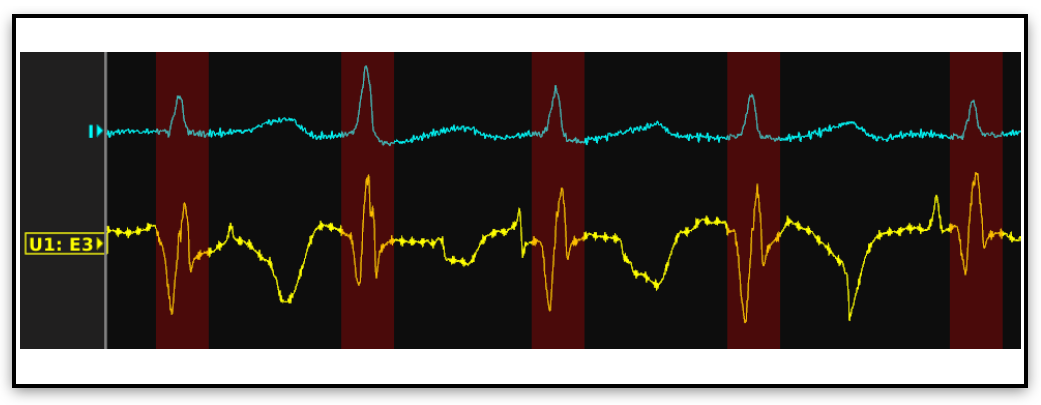Quantitative Assessment of Algorithms for Ventricular Far Field Removal in a Clinical Context
- Typ:Bachelorarbeit
- Betreuung:
- Bearbeitung:
-
Motivation
Clinical cardiac electrophysiology is the science of interpreting clinical electrograms in order to deduce diagnosis and treatment strategies. Unipolar electrograms are the potential difference recorded between a local electrode in the heart and a reference electrode far away from the center of interest. Since unipolar electrograms are flawed by far field noise such as high frequency components and the ventricular far field, electrophysiologists do not commonly analyze them in clinical practice. Instead, bipolar electrograms are computed by subtracting the unipolar electrograms recorded with two neighboring electrodes within the center of interest. The subtraction widely cancels out the far field component but also entails disadvantages such as major changes to the electrogram morphology and the dependency on the direction of wave propagation. One of the major drawbacks of unipolar atrial electrograms is the presence of the ventricular far field. Removing the ventricular far field reliably could help to bring unipolar electrograms closer to clinical practice.
Scope of Tasks
This work focuses on the quantitative evaluation and assessment of a novel algorithm for the removal of the ventricular far field from unipolar atrial electrograms. Measures for the quality of removal will be developed and compared to the performance of other published far field removal algorithms in a broad clinical cohort consisting of various cardiac rhythms.

